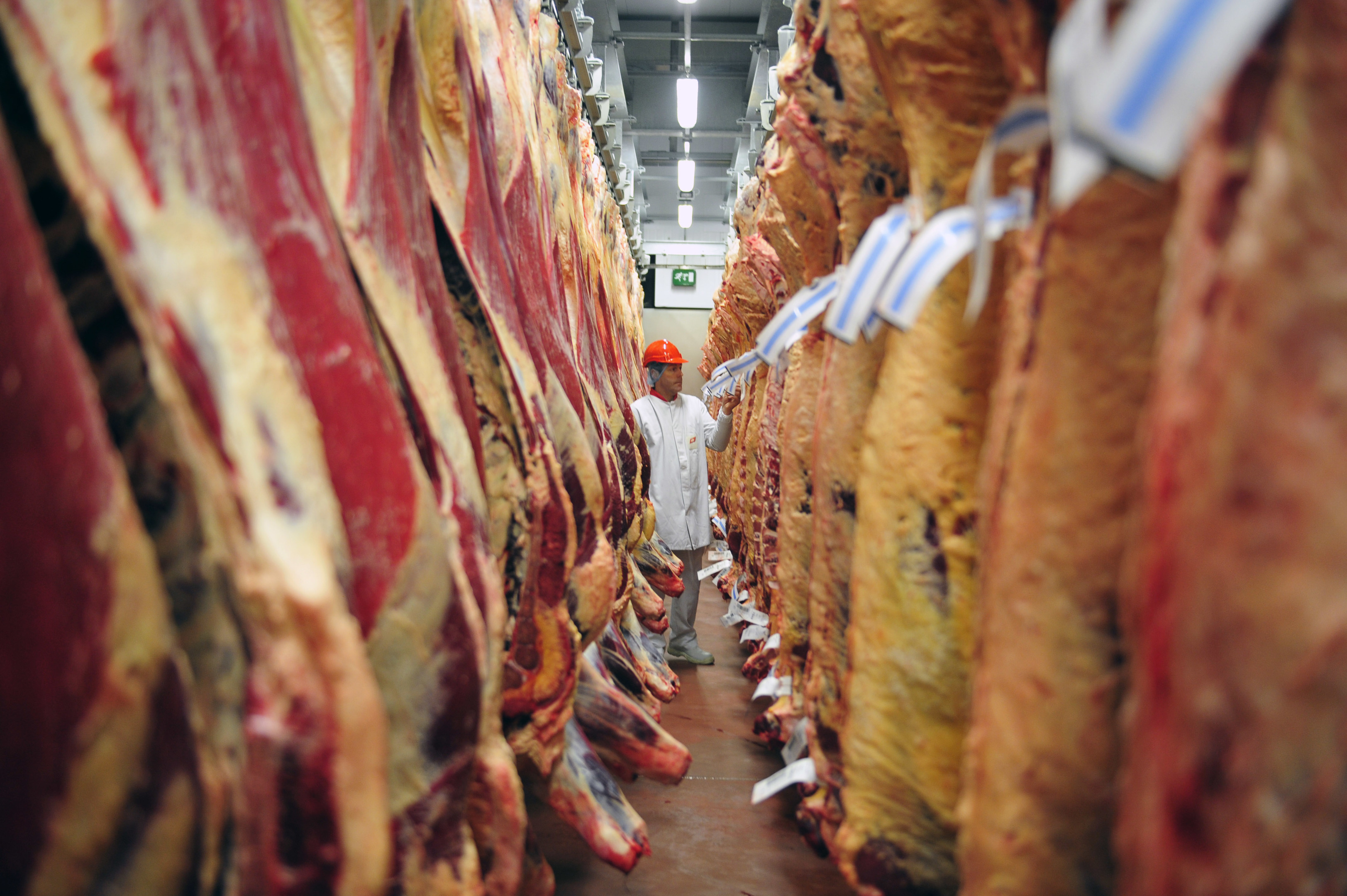The Scottish meat trade’s dependency on Spanish, Portuguese and Eastern European vets to carry out vital health checks on animals before slaughter has been highlighted by Food Standards Scotland (FSS).
FSS chief executive Geoff Ogle said Scotland had a “huge dependency” on the veterinary services of EU nationals, who account for 75-90% of all vets employed in Scottish meat plants.
“If we lose EU vets or if they decide the UK is not an attractive proposition then there is some potential risk unless a domestic market of vets starts to become willing to work in this area,” he said.
“Experience to date is that UK national vets are not interested in working in this area.”
Official Veterinarians (OVs) lead the teams of meat inspectors in big abattoirs and in small meat premises they work alone, checking animals are healthy enough to be slaughtered and for conditions such as Food and Mouth Disease and Bluetongue, ring worm, fever and diarrheoa. Around 40 OVs are employed on contract by FSS.
Commenting on the potential impact of Brexit on EU vets working in the public health sector, Veterinary Public Health Association (VPHA) president Lewis Grant said they made an “enormous contribution” to both public health and animal health and welfare in the UK.
“Without their input and expertise, it would be difficult to ensure that statutory requirements within the food industry are complied with,” he added.
The contribution of EU citizens to other aspects of the meat trade was also emphasised by Rural Economy minister Fergus Ewing during a visit to a Scotbeef processing plant in Glasgow.
“Workers from around Europe are employed in many of our food and drink businesses and I want to reassure them that we value and welcome the role they play in our country – both economically and in terms of civic vibrancy. Europe is also a key destination for much of our produce, with exports worth a total of £724.3 million in 2015,” he said.
“It is clear that European workers and exports are crucial to the food and drink industry and to our economy. I am committed to helping the First Minister protect our place in Europe and calling for immediate guarantees about the residency status and other rights of those from around Europe that have chosen to make Scotland their home.”
Scotbeef CEO Robbie Galloway added that the integration of skilled and semi-skilled European employees had helped Scotbeef grow and develop over the past decade.










